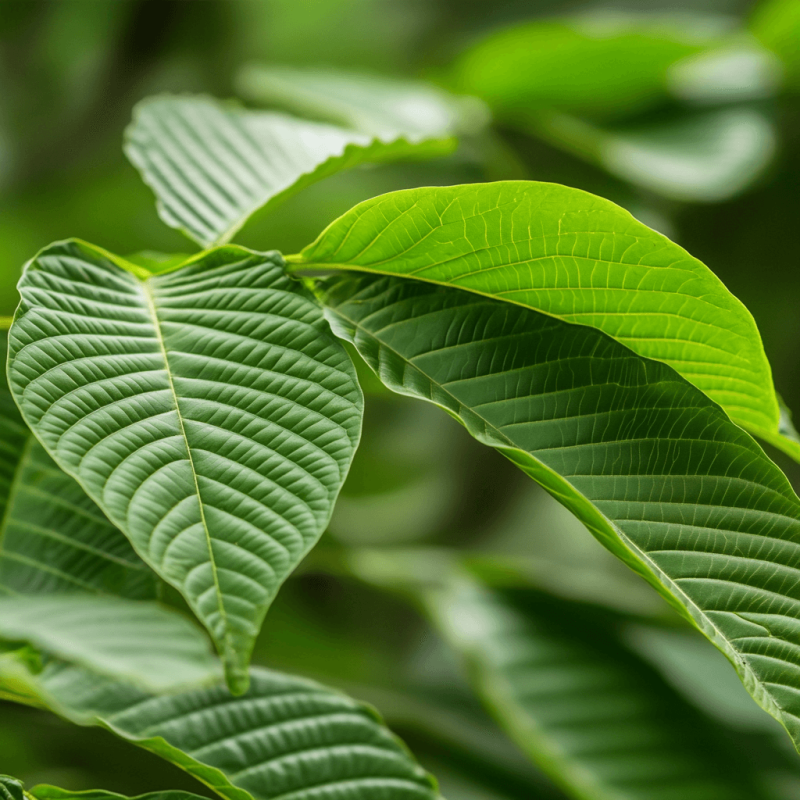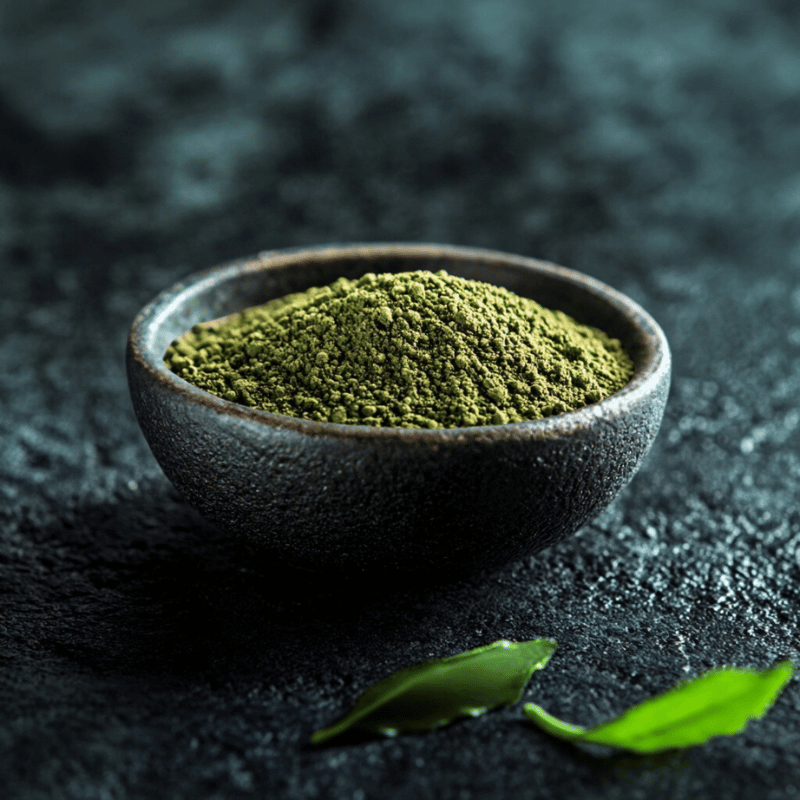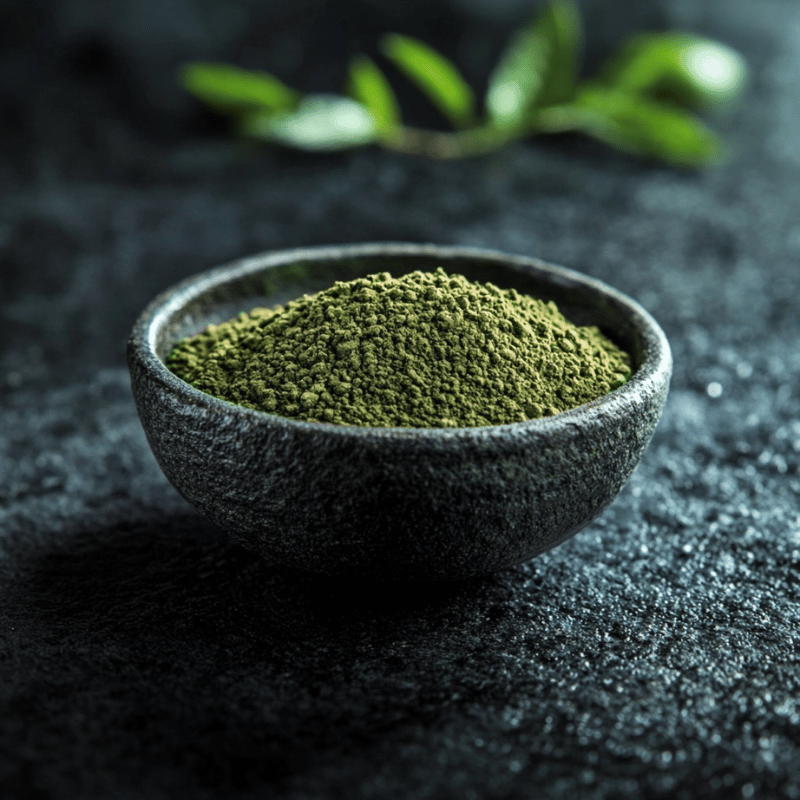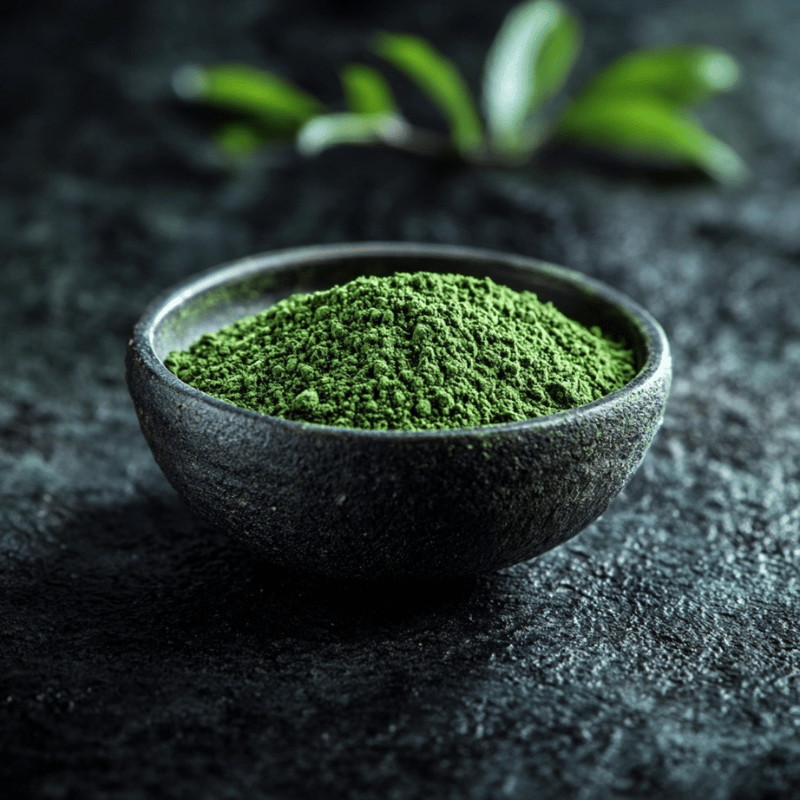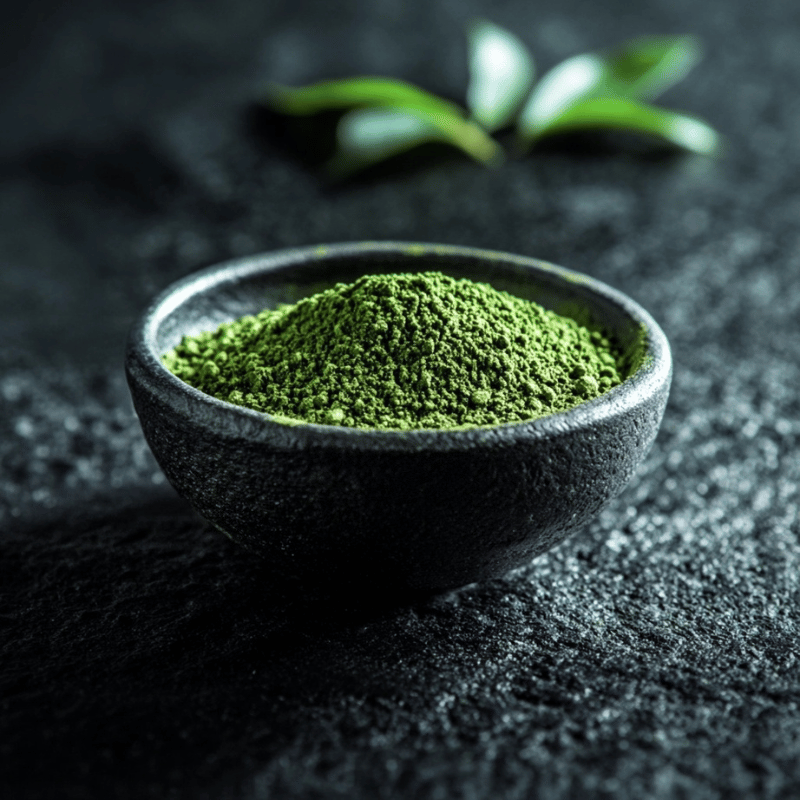Kratom
What is Kratom?
What Is Kratom? Understanding the Basics of This Tropical Plant
Kratom is a tropical plant that has gained a lot of attention in recent years. But what exactly is it? Where does it come from? Let’s take a closer look at the basics of Kratom, its origins, and why it’s become so popular worldwide.
What Is Kratom?
Kratom, scientifically known as Mitragyna speciosa, is a tree that belongs to the coffee family. It is native to Southeast Asia, particularly countries like Thailand, Indonesia, Malaysia, and Myanmar. The plant thrives in hot, humid climates and grows in areas with fertile soil.
The most notable part of the Kratom tree is its leaves. These large, oval-shaped leaves are packed with natural compounds called alkaloids. These alkaloids make Kratom unique and are the primary reason people harvest and trade the plant.
The Origins of Kratom
Kratom has been part of Southeast Asian cultures for centuries. It is deeply rooted in the traditions of countries where it grows naturally. Farmers and local communities have long relied on the Kratom tree for various purposes.
Interestingly, the name “Kratom” comes from its local Thai name. In other countries, it is sometimes referred to by other names, but the plant itself remains the same.
What Does Kratom Look Like?
The Kratom tree can grow quite tall, reaching heights of 15–20 meters in the wild. Its leaves are glossy and dark green, with a slightly pointed tip. The leaves can grow as long as 20 centimeters, depending on the strain and growing conditions.
When dried, Kratom leaves often take on a darker, earthy color. This dried form is the most common way Kratom is processed and sold.
Where Does Kratom Grow?
Southeast Asia is the heart of Kratom production. Countries like Indonesia and Thailand have the perfect climate for Kratom trees to flourish. The combination of tropical heat, regular rainfall, and nutrient-rich soil creates the ideal environment.
Each country’s Kratom has slight differences based on where it’s grown. For example, Indonesian Kratom might have a different texture or appearance compared to Kratom from Thailand.
How Is Kratom Harvested?
The process of harvesting Kratom is straightforward yet requires care and skill. Farmers wait for the leaves to mature before picking them. Mature leaves are preferred because they contain the highest concentration of alkaloids.
Once harvested, the leaves are dried, usually in the sun or sometimes indoors to control the process. After drying, the leaves are often ground into a fine powder, making it easier to package and transport.
The Global Interest in Kratom
In recent years, Kratom has gone from a regional plant to a global commodity. The growing demand has created an international market for Kratom leaves, powders, and other products.
People worldwide are curious about Kratom, its origins, and its unique properties. This interest has sparked debates, research, and even discussions about its regulation in different countries.
Ethical and Sustainable Kratom Farming
As Kratom grows in popularity, sustainability is becoming an important topic. Ethical Kratom farming ensures that local farmers are paid fairly and that the environment is protected.
Sustainable farming practices include replanting Kratom trees and avoiding overharvesting. Many suppliers now focus on sourcing Kratom responsibly to support local communities and preserve the environment.
Key Takeaways
- Kratom (Mitragyna speciosa) is a tropical plant native to Southeast Asia.
- It belongs to the coffee family and thrives in hot, humid climates.
- The plant’s leaves are rich in alkaloids, making them highly valued.
- Harvesting and drying Kratom leaves is an age-old practice in Southeast Asia.
- The global demand for Kratom has grown significantly in recent years.
Kratom is more than just a plant – it is a product of culture, tradition, and nature. By understanding its origins and unique qualities, we can appreciate why this tropical tree is so important to many communities around the world.
BUY KRATOM
